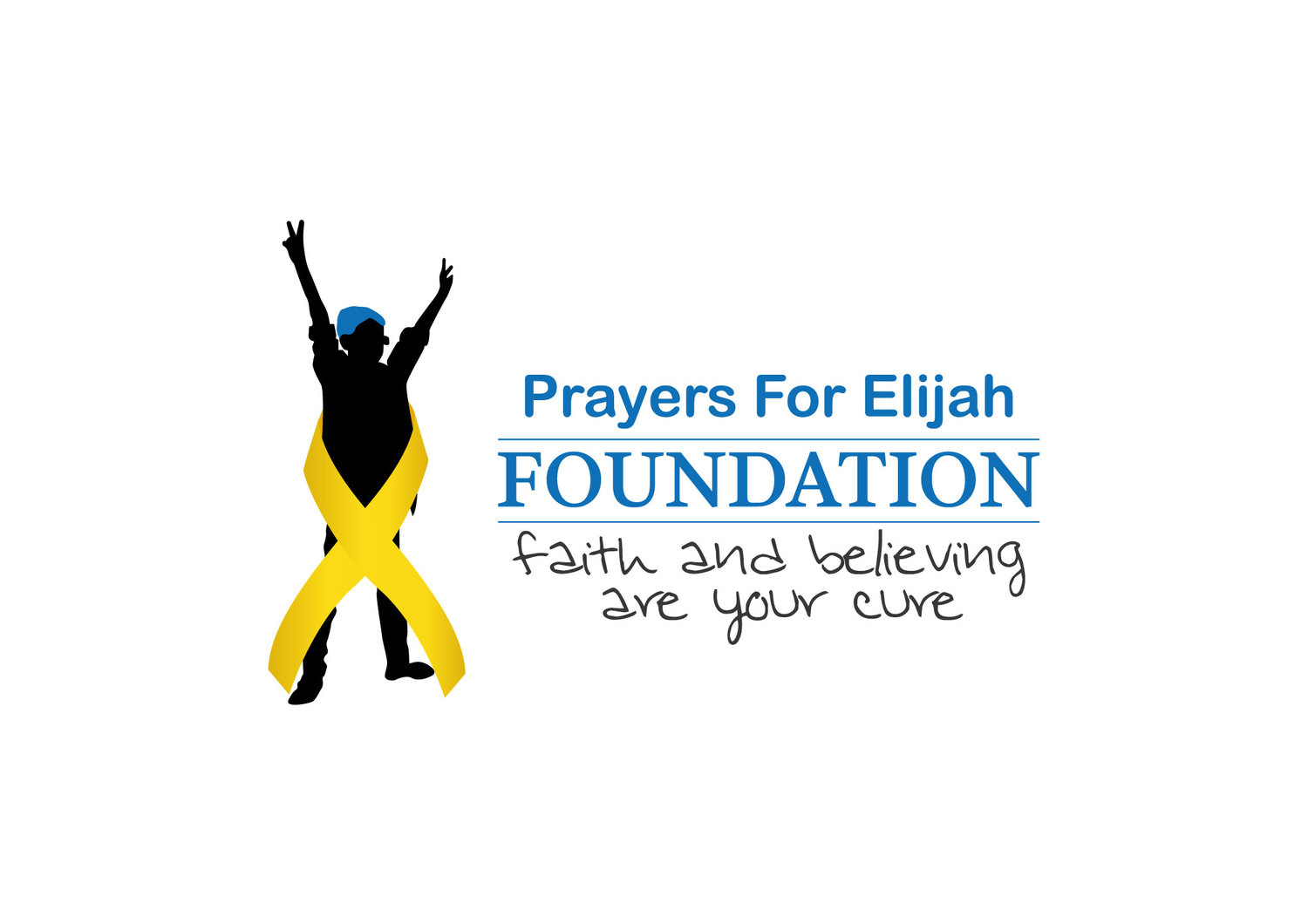.
THE FACTS
Cancer is the leading cause of death by disease in children under the age of 15 in the United States, more than all other diseases COMBINED - yet less than 4% of public cancer funding is dedicated to pediatrics.
Worldwide, more than 160,000 children are diagnosed with cancer each year.
Every hour a child is diagnosed with cancer. Every 6.5 hours another young life is lost to this disease.
Cancer is the leading cause of death by disease among children under the age of 15 in the United States.
Only 3.8% of all cancer research funding allotted by the federal government goes to children.
13,500 children 19 and under diagnosed each year in the US.
36 children diagnosed each day.
175,058 children are diagnosed each year worldwide (age 0-14)
The incidence of invasive pediatric cancers is up 29% in the past 20 years.
The causes of most childhood cancers are unknown. At present, childhood cancer cannot be prevented.
Childhood cancer occurs regularly, randomly and spares no ethnic group, socioeconomic class, or geographic region. In the United States, the incidence of cancer among adolescents and young adults is increasing at a greater rate than any other age group, except those over 65 years.
1 in 5 children diagnosed with cancer will die within 5-years
1 in 3 children diagnosed with cancer will not live-out a normal life-span (excess mortality)
Some pediatric brain tumors, such as brain stem gliomas and pontine gliomas, are terminal upon diagnosis and no new protocols have been developed in 30 years.
Many pediatric cancers, including neuroblastoma and disseminated medulloblastoma, are terminal upon progression or recurrence.
The average age of death for a child with cancer is 8, causing a child to lose 69 years of expected life.
Childhood cancers affect more potential patient-years of life than any other cancer except breast and lung cancer.
Cancer kills more children than AIDs, asthma, diabetes, cystic fibrosis and congenital anomalies combined.
74% of childhood cancer survivors have chronic illnesses, and some 40% of childhood cancer survivors have severe illnesses or die from such illnesses.
Childhood cancer survivors are at significant risk for secondary cancers later in life.
Cancer treatments can affect a child’s growth, fertility, and endocrine system. Child survivors may be permanently immunologically suppressed.
Radiation to a child’s brain can significantly damage cognitive function, or if radiation is given at a very young age, limiting the ability to read, do basic math, tell time or even talk.
Physical and neurocognitive disabilities resulting from treatment may prevent childhood cancer survivors from fully participating in school, social activities and eventually work, which can cause depression and feelings of isolation.
Childhood cancer survivors have difficulty getting married and obtaining jobs, health and life insurance.
In 20 years the FDA has initially approved only two drugs for any childhood cancer – 1/2 of all chemotherapies used for children’s cancers are over 25 years old
Research and development for new drugs from pharmaceutical companies comprises 60% of funding for adult cancer drugs and close to zero for childhood cancers.
However, the NCI spends 96% of its budget on adult cancers and only 4% of its budget on children’s cancers.
In dollar terms, NCI’s funding for pediatric clinical trials is $26.4 million while funding for AIDS research is $254 million, and breast cancer is $584 million.
Pharmaceutical companies don’t commit resources to childhood cancer research because the adult cancer drug business is viewed as more profitable and less risky to them.
Accordingly, there is an estimated $30 million a year gap in childhood cancer research funding.
See more at: http://www.icareicure.org/get-informed/childhood-cancer-facts/#sthash.a2l4Qx6g.dpuf
